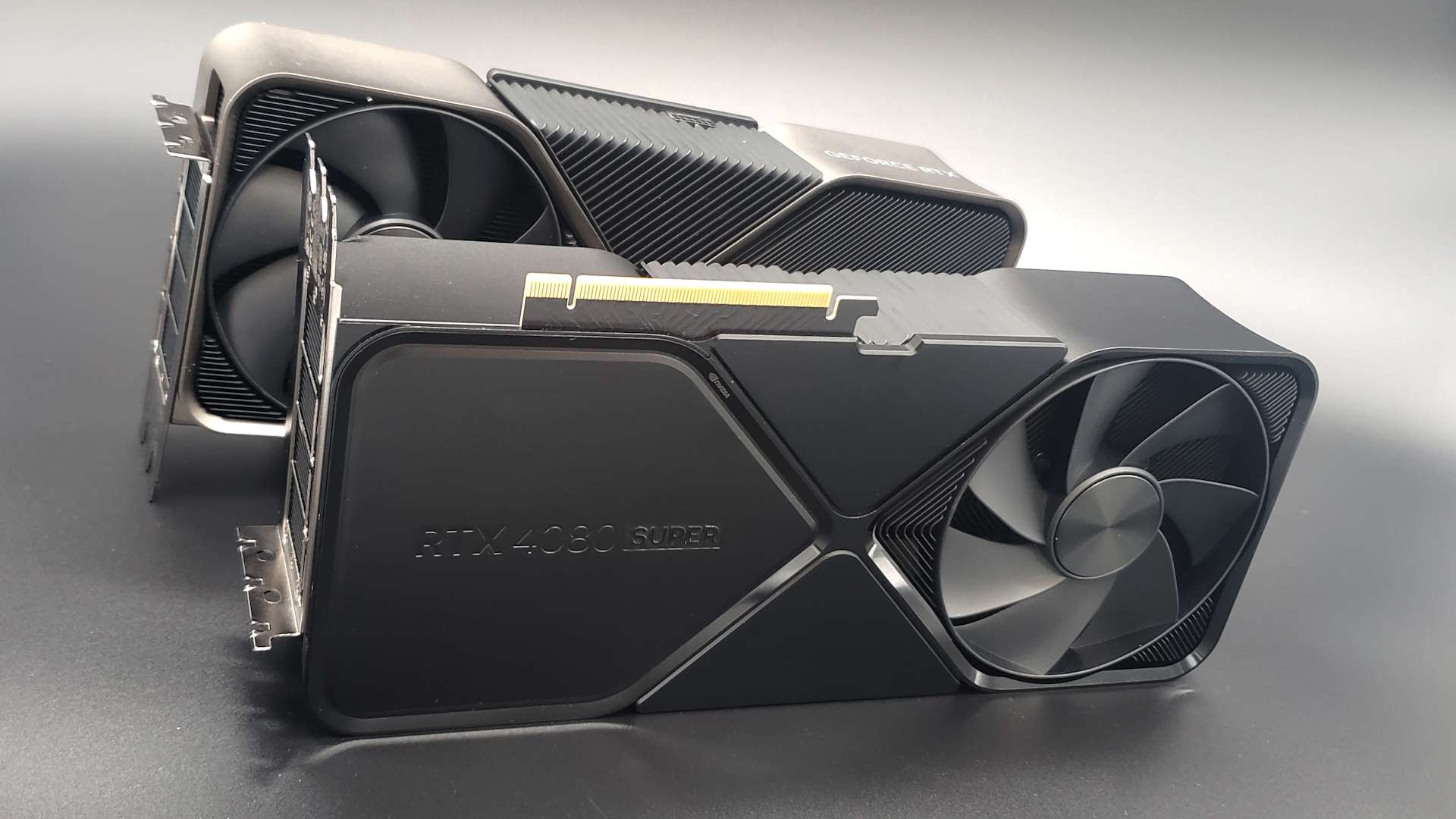
NPUs be damned, give us those sweet, sweet discrete graphics.
There’s been relatively little news on the discrete graphics card front for a while. The most exciting developments have been regarding integrated solutions such as those found in AMD Strix Point laptops. It’s a little surprising, then, to find out that the discrete graphics card market did pretty damn well last quarter.
Research from Jon Peddie Research (JPR) says there were increased shipments in the graphics add-in board (AIB) market compared to Q2 2024 and last year. We’re talking a 9.4% increase compared to Q1 and a 47.9% increase year-on-year.
The analyst firm explains, “AMD’s quarter-to-quarter total desktop AIB unit shipments increased 9% and increased 3% from last year. Nvidia’s quarter-to-quarter unit shipments increased 9.7% and increased 61.9% from last year while continuing to hold a dominant market share position at 88%.”
However, it points out that Intel “remained flat, as the company has yet to gain significant traction in the add-in board market.” This isn’t so surprising given that there’s been diminishing hype over the company’s discrete Arc A750 and A770 graphics cards.
While the president of JPR, Jon Peddie, points out that “overall shipments are down compared to two years ago,” it’s nevertheless a good sign that graphics card shipments have mostly been on the up since then. In fact, the past year has been pretty consistently great for graphics card shipments, as Peddie points out, “With one little dip in Q1 (seasonally normal), we’ve seen four quarters of growth.”
Q2 2024 shipments roughly match Q4 2023 according to JPR’s chart, but note that fourth quarter sales are usually higher than other quarters because of the holiday season, especially Black Friday. A Q2 matching a Q4 is good news.
What’s more is there’s been a steep increase in “attach rate”, meaning the proportion of graphics card shipments “attached” to desktop desktop CPU shipments. In other words, graphics card shipments have increased not just absolutely but proportionally to desktop CPU shipments.
So, it’s not as if the increased graphics card shipments are just because there are more PC systems being sold overall. Graphics card shipments seem to have increased despite fewer desktop CPU shipments. In fact, proportionally, this research shows that interest in having a discrete graphics card in one’s system has shot up on a steep curve since the start of 2024 and was steadily increasing prior to that, since Q3 2022.
(Image credit: Future)
Best CPU for gaming: The top chips from Intel and AMD.
Best gaming motherboard: The right boards.
Best graphics card: Your perfect pixel-pusher awaits.
Best SSD for gaming: Get into the game ahead of the rest.
C. Robert Dow, a JPR analyst, attributes the surge to “the release of new AIBs in Q1 and a slight drop in prices in the market overall”. By “new AIBs” they probably mean the RTX 40-series Super cards which markedly increased the value proposition of the 40-series in general. These now feature in some of the best gaming PCs and are some of the best graphics cards full-stop.
I can’t help but wonder about other potential influencing factors, too. For instance, the burgeoning AI market and all the hype surrounding it could have had an effect, as discrete graphics cards are the best way for home users to power all the AI workloads that are starting to work their way into more and more ordinary applications by the day.
Whatever the reason, it’s good news for us gamers because more demand usually encourages the creation of more supply and cheaper prices… Okay, I won’t get carried away on the price front given it’s (mainly) Nvidia we’re talking about, here.
Still, good news is good news. As Peddie says, “The add-in board market continues to surprise and astonish market watchers who have been predicting its doom for decades.” Take that, naysayers. Let’s just hope next-gen Nvidia Blackwell and AMD RDNA 4 graphics cards aren’t flops and that chart can keep pointing upwards.







